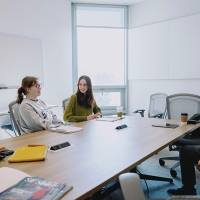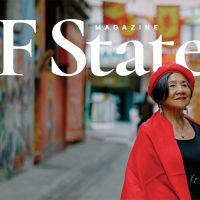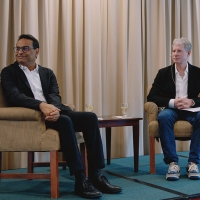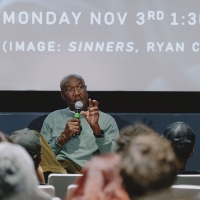SFSU Design students create solutions to protect coastal habitat of bull kelp
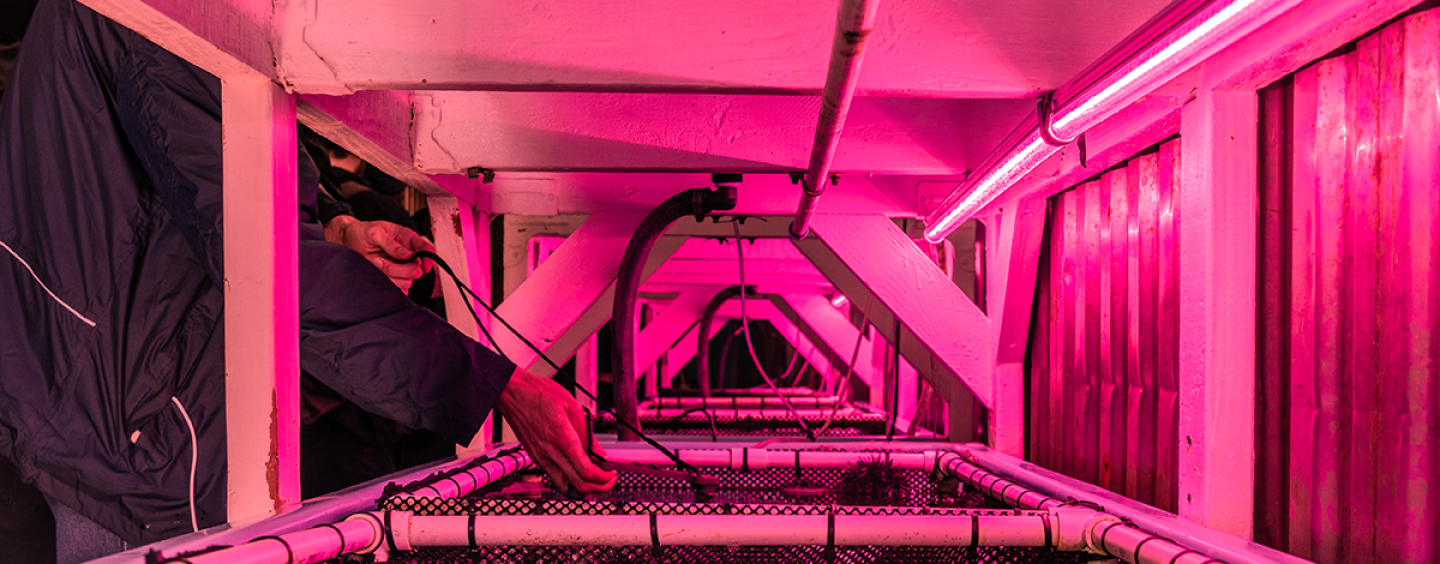
Class partners with Nature Conservancy, creates products to present at BioDesign Challenge
Early one rainy morning in March, more than 25 San Francisco State University students departed together from campus for an all-day field trip to Mendocino County. Covering over 300 miles round trip, the excursion gave a School of Design class a hands-on view of the combative relationship between bull kelp and predatory sea urchins, teaming with The Nature Conservancy to design solutions restoring their natural habitat.
As the shoreline came into the horizon near the end of the bus trip up north, the wet weather suddenly turned sunny, clearing the way for a bright day of visits to the Noyo Center for Marine Science, the Mendocino Art Center, art galleries and studios and Portuguese Beach. Late in the afternoon, the bus turned around, reaching SFSU for drop-off after dark.
“It was exhausting, but inspiring and invigorating,” student Jonathan Blythe said. “It put the wind in our sails.”
The “Product Design II” class, offered in two sections, is dedicated this semester to developing new, sustainable ways to solve a problem on the North Coast tinted by climate-change: overpopulated sea urchins are preying on the bull kelp, destroying the ecosystem. Research by The Nature Conservancy finds that 96% of the kelp forest have disappeared in 10 years.
The students’ group projects have discovered a range of innovations. Blythe’s group is developing sea-wall traps to reintroduce more starfish into the Pacific Ocean near kelp restoration sites, where the starfish can prey on the sea urchin.
“I’ve always been interested in sustainable materials. This class has been a crash course in it,” said Blythe, a graduate student in Design. “It’s been helpful to gain the experience of bringing a product to fruition, by that means, that is less harmful to the planet.”
Another student, Huan Chang, is in a group creating an aquaculture system that converts the atmospheric carbon dioxide within sea urchins into calcium carbonate, which wineries can use in the fermentation process with efficiency and ecological sustainability. The group adds that uni, the edible portion of the urchin used to make sushi and other delicacies, makes a delightful pairing with wine.
“For the field trip, we prepared ahead of time what we needed to bring, what kinds of questions we should ask and how we can do field research,” Chang said. “It really excited me because talking with your classmates and the professors is quite different from what you feel and what you learn on site, especially from the scientists, the divers and the specialists in the field. It’s a totally different experience.”
The opportunity to conduct fieldwork attracted Design graduate student Blane Asrat to take “Product Design II” as an elective.
“We were able to examine the holdfasts of the bull kelp attached to the rocks. That attachment to the rocks and to the ocean floor was a significant part of our research,” she said. “Being able to see that in real life and pull the bull kelp apart from the rock and realizing it’s not coming off. Whatever adhesion that this is producing in nature is so strong that it’s almost fused.”
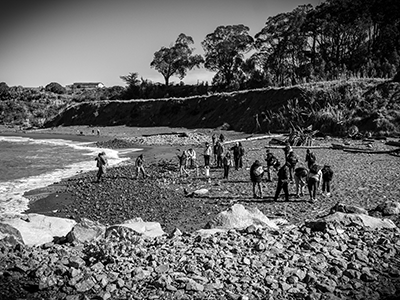
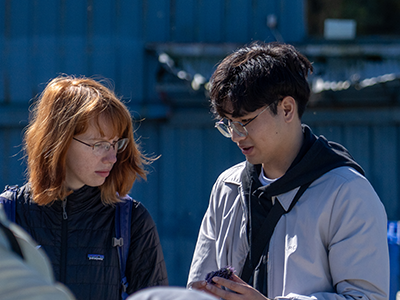
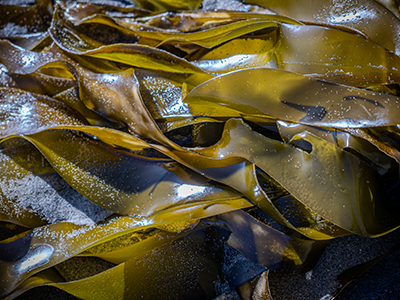
Student Damani “Phesto Dee” Thompson focused on documenting the day through sketches and photographs. As a platinum-selling recording artist with the Souls of Mischief and Hieroglyphics, he has traveled the world for decades, but from this field trip gained a deep appreciation for kelp and its importance in the ecosystem.
“Design is a roadmap for solving problems,” said Thompson, an Industrial Design major. “We’re dealing with the problem of the loss of the kelp along the coast, so they’ve contacted us as designers — not to make something cute and beautiful, but to figure out some kind of solution thinking outside the box.”
The course instructor, Assistant Professor Fernando F.S. Carvalho, aims to give students a deeper understanding of design processes and connect them with science. He has been impressed by the student groups for their confidence and ambition in engaging with scientific literature to develop products.
“They are incorporating science into their learning,” said Carvalho, noting many of the students are studying for a Bachelor of Science degree. “It will take them to the next level.”
Design Lecturer Faculty Josie Iselin (MFA, ’94) serves as a partner to the class through her ocean literacy campaign Above/Below.
“It’s been transforming,” Iselin said. “You really see the growth of the students.”
For the third straight year, one group from the class will travel to New York City in June to compete in the BioDesign Challenge, an annual international competition promoting integrated design, innovation and biotechnology. Funding from the MillerKnoll Foundation, SF State’s Institute for Civic and Community Engagement and donor Richard Ingalls have supported the class.
Tristin McHugh, the kelp project director for The Nature Conservancy’s California Oceans Program, gave an in-person presentation during the field trip at a major restoration site in Fort Bragg.
“I was really impressed with how bright and interested the students were. They showed up to the challenge,” she said. “They will have a very direct application in solving this problem now.”
Learn more about the SFSU School of Design.
Tags
